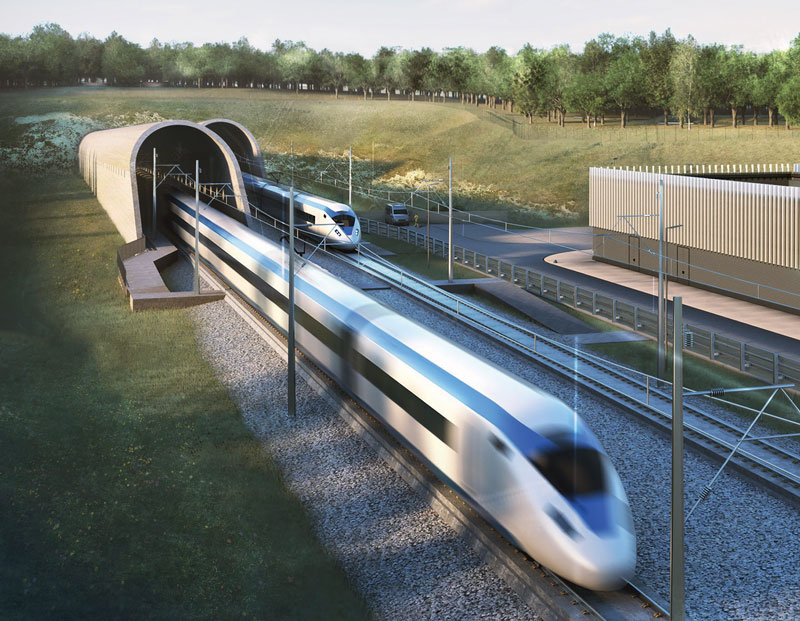Letters to the editor and comments online
Your View
Main Point
HS2: Let's calculate the true costs
The Holy Trinity of project management is to deliver a quality product on time and within budget.
So why does nearly every minor, major and mega project initiated by the government, find itself in contravention of these three basic principles?
We find ourselves yet again in this unhappy situation, with High Speed 2 the latest victim.
Why does it take so long for the powers that be to recognise that the costs are escalating with time as the final delivery date drifts further away into the future, hopelessly out of control, resulting in the government, cancelling the project in a typical knee-jerk reaction?
Millions, even billions are spent before the reins are pulled in to stop the rot. This suggests inefficiency and poor management have been rife throughout the contract. Seventy-six billion pounds had already been spent before someone woke up to the realisation that the project is unmanageable.
Why can France produce high speed rail more efficiently, effectively and economically than the UK at a fraction of the cost and deliver a quality product on time and as near as possible on budget?
We need to investigate this cancer that incessantly keeps eating away at taxpayers’ money before the project is in its final death throes and the life support plug is pulled.
Mario Donnetti (F), mariodonnetti@gmail.com
I write as a professional civil engineer with some design experience on High Speed 2 (HS2).
 The budgetary changes of the project were not cost overruns.
The budgetary changes of the project were not cost overruns.
As projects develop through detail design, more issues of detail become apparent and costs need to be revised accordingly. It is better to think of HS2 as a “prototype”, perhaps like the supersonic airliner Concorde, where there is no recent database of expertise to draw on.
With the exception of High Speed 1, the UK has not constructed a major railway line since Victorian times. It would completely erode the business case if the scheme stops at Birmingham and Acton, to become the Aston to Acton link.
The business case was predicated on journey times alone. Perhaps it should be revised to include levelling up benefits from the Northern Powerhouse.
Phil Wilson (F) philipwilson99@hotmail.co.uk
Is it time to review the design standards adopted for High Speed 2 (HS2) to match the reduced route now proposed?
Allowing for double-length trains up to 400m long running at a speed of up to 400km/h may have made sense for long journeys on a line running from London to Scotland.
However, if trains are only to run on a new line from Old Oak Common to Birmingham before returning to existing tracks, this looks like serious overdesign.
Reducing the maximum design speed of the HS2 track to 250km/h or 300km/h would make little difference to likely journey times. Scrapping the idea of double-length trains would considerably reduce the costs of stations and perhaps even make it possible to rescue the otherwise doomed Euston terminus.
A serious redesign, where possible, on this basis would restore some sense to the project and might just be enough to save it from oblivion.
Alasdair Beal (F), a.beal@btinternet.com